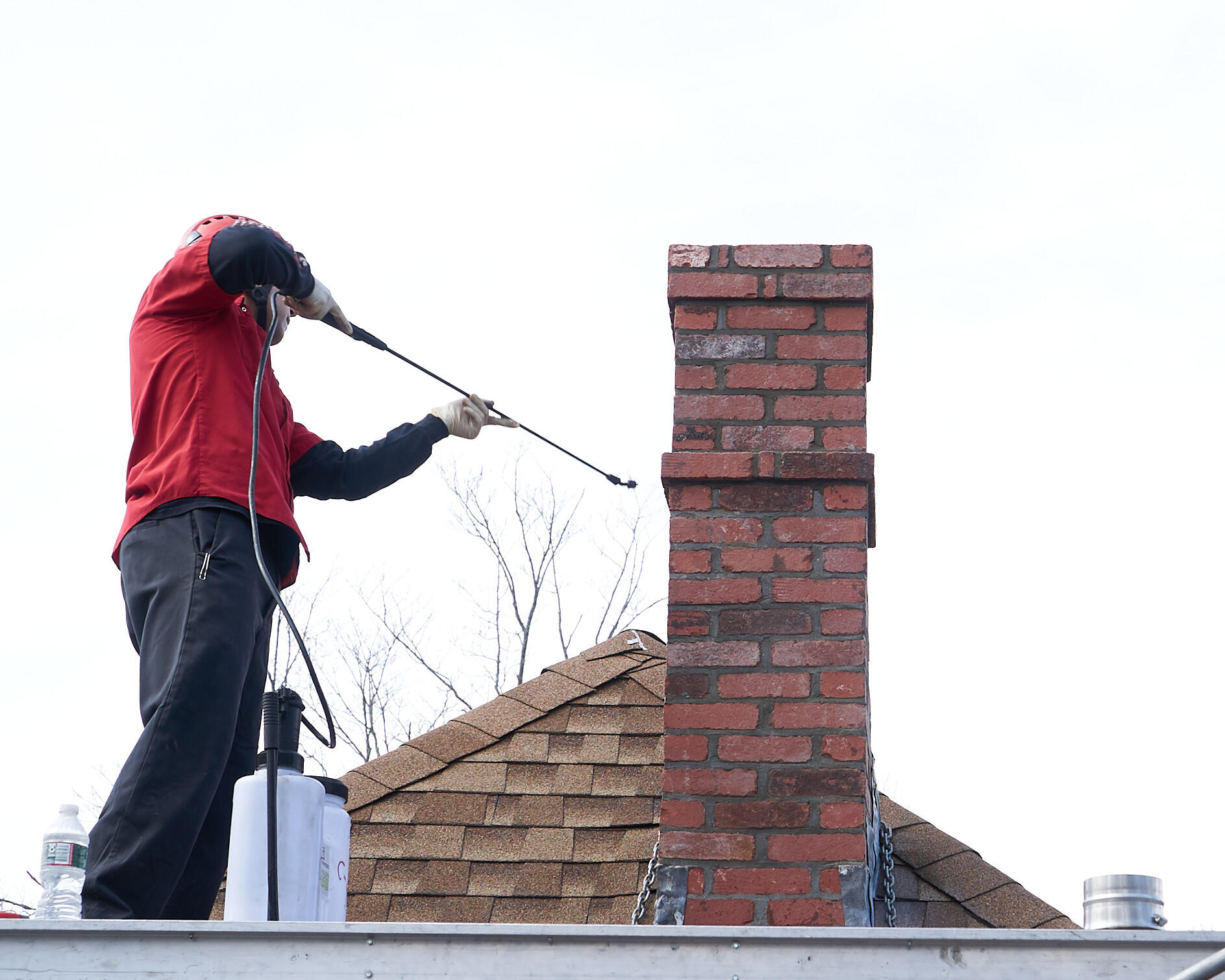

Articles
What Is Chimney Grime
Modified: February 24, 2024
Discover the causes and solutions for chimney grime with our informative articles. Learn how to effectively clean and maintain your chimney to prevent buildup and ensure optimal performance.
(Many of the links in this article redirect to a specific reviewed product. Your purchase of these products through affiliate links helps to generate commission for Storables.com, at no extra cost. Learn more)
Introduction
Chimneys play a vital role in our homes, providing a pathway for smoke and fumes to safely exit the house. Over time, however, chimneys can become dirty and accumulate a layer of grime. This grime not only affects the aesthetic appeal of the chimney but can also pose health risks to those living in the house.
In this article, we will explore what causes chimney grime, the common types of grime that can accumulate, the health risks associated with it, and how to prevent and clean chimney grime effectively.
Understanding chimney grime is essential for homeowners to ensure the safety and functionality of their chimneys. Let’s delve into the world of chimney grime and discover how to keep our chimneys clean and healthy.
Key Takeaways:
- Preventive measures such as regular maintenance, burning seasoned firewood, and ensuring proper airflow are crucial in minimizing the accumulation of chimney grime and reducing health risks associated with poor indoor air quality and fire hazards.
- While professional chimney sweeps are recommended for thorough cleaning, homeowners can also remove chimney grime themselves by following proper safety precautions, such as wearing protective gear and using appropriate cleaning products. Regular cleaning and maintenance are essential for a clean and safe chimney.
What Causes Chimney Grime?
Chimney grime is primarily caused by the byproducts of combustion, such as soot, creosote, and ash, which accumulate over time. When wood, coal, or oil is burned in the fireplace or furnace, these substances are released into the chimney as smoke and gases. As the smoke rises, it cools down, and the particles within it settle onto the walls of the chimney.
Soot, a black, powdery substance, is one of the most common culprits of chimney grime. It is composed of carbon particles that are left behind when organic matter is incompletely burned. Soot can build up quickly and form a layer of dark residue on the inner walls of the chimney.
Creosote is another significant contributor to chimney grime. It is a sticky, tar-like substance that forms when gases from the combustion process condense and solidify on the walls of the chimney. Creosote is highly flammable and poses a serious fire hazard if not regularly removed.
Ash, though not as prominent as soot or creosote, can also contribute to chimney grime. As wood or other combustible materials burn, ash particles are produced and carried up the chimney. These particles can settle and mix with other substances, creating a layer of grime over time.
Other factors that can contribute to chimney grime include the moisture content of the wood being burned, the temperature at which the fire burns, the airflow within the chimney, and the efficiency of the combustion process. Each of these factors can impact how quickly and extensively chimney grime accumulates.
Understanding the causes of chimney grime is crucial for homeowners to take appropriate preventive measures and ensure regular chimney maintenance. In the next section, we will take a closer look at the common types of chimney grime that can accumulate.
Common Types of Chimney Grime
Chimney grime can manifest in various forms, each with its own characteristics and implications. Here are the most common types of chimney grime that can accumulate:
- Soot: Soot is a black, powdery substance that results from the incomplete combustion of fuels. It consists of fine carbon particles that stick to the walls of the chimney. Soot can range in texture from fluffy to greasy and can accumulate rapidly, causing black stains and a smoky odor.
- Creosote: Creosote is a sticky, tar-like substance that forms when gases from the combustion process condense and solidify on the chimney walls. It can vary in color and texture, ranging from black and tarry to shiny and hardened. Creosote buildup poses a significant fire hazard and needs to be removed regularly to prevent chimney fires.
- Ash: Ash is the residue left after the combustion of materials such as wood or coal. It appears as a fine gray or white powder and can mix with other substances in the chimney, contributing to the overall grime buildup. Ash is less hazardous than soot or creosote but can still impact the performance and cleanliness of the chimney.
- Smoke Stains: Smoke stains can form on the walls of the chimney due to the accumulation of soot and other combustion byproducts. These stains can range in color from gray to yellow and may appear as streaks or patches. Smoke stains not only detract from the aesthetic appeal of the chimney but can also indicate a buildup of grime that requires attention.
- Rust: Rust can develop on the metal components of the chimney, such as the damper, flue, or chimney cap. It is caused by moisture exposure, which can result from condensation or water leaks. Rust not only affects the appearance of the chimney but can also lead to structural damage if left unchecked.
It’s important to note that the presence of these types of chimney grime can vary depending on factors such as the type of fuel burned, the frequency of chimney use, and the maintenance practices employed. Regular inspection and cleaning are essential to identify and address these types of grime and ensure the optimal performance and safety of the chimney.
In the next section, we will explore the health risks associated with chimney grime and why it’s crucial to prevent its accumulation.
Health Risks Associated with Chimney Grime
Chimney grime not only impacts the cleanliness and efficiency of the chimney but can also pose health risks to those living in the house. Here are the potential health hazards associated with chimney grime:
- Poor Indoor Air Quality: The accumulation of chimney grime can lead to poor indoor air quality. When the chimney is in use, microscopic particles from soot, creosote, and other combustion byproducts can enter the living space. These particles can irritate the respiratory system and trigger allergic reactions, especially in individuals with pre-existing respiratory conditions or sensitivities.
- Respiratory Issues: Inhaling the particles released by chimney grime can cause respiratory issues such as coughing, wheezing, shortness of breath, and chest tightness. Prolonged exposure to these pollutants can aggravate existing respiratory conditions like asthma or bronchitis, and may even contribute to the development of respiratory infections.
- Carbon Monoxide Poisoning: An improperly maintained chimney or a blocked flue can cause the buildup of carbon monoxide gas in the house. Carbon monoxide is a colorless and odorless gas that can be deadly when inhaled in high concentrations. The presence of chimney grime, especially creosote, can increase the risk of carbon monoxide leaks as it restricts the proper airflow and ventilation of the chimney.
- Fire Hazard: The accumulation of creosote in the chimney poses a significant fire hazard. Creosote is highly flammable and can ignite easily, leading to chimney fires that can quickly spread to the rest of the house. Regular cleaning and removal of creosote are essential to prevent the buildup of this hazardous substance and reduce the risk of chimney fires.
- Allergic Reactions: Chimney grime can contain allergens such as mold spores, dust mites, and pet dander that have been trapped within the soot and creosote. Exposure to these allergens can trigger allergic reactions in susceptible individuals, causing symptoms such as sneezing, itching, watery eyes, and congestion.
Given the potential health risks associated with chimney grime, it is crucial to take preventive measures and ensure regular chimney maintenance. In the next section, we will discuss some effective methods to prevent chimney grime from accumulating in the first place.
Regular chimney cleaning can help prevent the buildup of chimney grime, which can be a fire hazard and reduce the efficiency of your fireplace or stove. It’s important to have your chimney inspected and cleaned at least once a year by a professional.
How to Prevent Chimney Grime
Prevention is key when it comes to maintaining a clean and safe chimney. By taking proactive measures, you can minimize the accumulation of grime and reduce the risk of health hazards. Here are some effective methods to prevent chimney grime:
- Regular Maintenance: Schedule regular chimney inspections and cleanings by a professional chimney sweep. A thorough cleaning will remove any existing grime and ensure that the chimney is in good working condition. Regular maintenance helps prevent the buildup of soot, creosote, and other substances, keeping your chimney clean and safe.
- Burn Seasoned Firewood: Use properly seasoned firewood that has been dried for at least six months. Wet or unseasoned wood produces more smoke and contributes to the accumulation of grime in the chimney. Seasoned firewood burns more efficiently, reducing the amount of soot and creosote that is produced.
- Use the Right Fuel: Only burn fuels that are suitable for your specific type of fireplace or chimney. Different chimneys are designed for different types of fuels, such as wood, gas, or pellets. Using the correct fuel minimizes the production of byproducts and reduces the chances of grime buildup.
- Ensure Proper Airflow: Adequate airflow in the chimney is crucial for efficient combustion and the prevention of grime buildup. Make sure the chimney damper is fully open when using the fireplace to promote proper ventilation. Additionally, regularly check for any obstructions such as bird nests or debris that can hinder airflow.
- Install a Chimney Cap: A chimney cap is a protective covering that goes over the top of the chimney. It helps prevent debris, animals, and rainwater from entering the chimney, reducing the chances of grime accumulation. A chimney cap also helps improve the overall safety and efficiency of the chimney.
- Monitor Moisture Levels: Excess moisture in the chimney can contribute to the buildup of grime and the formation of rust. Ensure that the chimney is properly sealed and that there are no leaks or water leaks from the roof. Installing a chimney cap and using a waterproof sealant can help prevent moisture issues.
By following these preventive measures, you can significantly reduce the accumulation of grime in your chimney and maintain a clean and safe environment. However, even with the best preventive methods, some grime may still accumulate over time. In the following section, we will discuss how to clean and remove chimney grime effectively.
Read more: How To Get Grime Out Of A Bathtub
How to Clean and Remove Chimney Grime
When it comes to cleaning and removing chimney grime, it is highly recommended to hire a professional chimney sweep. They have the expertise, tools, and experience required to effectively clean the chimney and remove any accumulated grime safely. However, if you prefer to do it yourself, here are some general steps to clean and remove chimney grime:
- Wear Protective Gear: Before starting the cleaning process, ensure that you are wearing appropriate protective gear, such as gloves, goggles, and a face mask. This will protect you from inhaling any harmful particles or coming into direct contact with the grime.
- Inspect the Chimney: Before cleaning, inspect the chimney and look for any signs of damage, cracks, or blockages. If you notice any major issues or if it has been a long time since the last cleaning, it is advisable to call a professional chimney sweep for a thorough inspection before proceeding with any cleaning.
- Remove Debris: Start by removing any debris, such as leaves, bird nests, or other obstructions, from the chimney. Use a chimney brush or a vacuum with a long hose attachment to gently remove the debris from the chimney flue and firebox.
- Scrub the Walls: Use a chimney brush or a stiff wire brush attached to a long handle to scrub the walls of the chimney. Start from the top and work your way down, applying light pressure to dislodge and remove the grime. Ensure that you scrub all sides of the chimney thoroughly.
- Collect the Grime: As you scrub, use a drop cloth or a tarp to collect the dislodged grime and prevent it from falling onto the floor or furniture. This will make the cleanup process much easier and prevent further spread of the grime.
- Remove Soot and Creosote: Soot and creosote can be particularly stubborn to remove. There are special cleaning products available specifically designed for chimney grime removal. Follow the instructions on the product carefully and use it to target and remove any remaining soot or creosote buildup.
- Clean the Firebox and Damper: While cleaning the chimney, don’t forget to clean the firebox and damper as well. Use a vacuum or a brush to remove any ash, debris, or grime that may have accumulated in these areas.
- Dispose of the Grime: Once you have completed the cleaning process, carefully dispose of the collected grime in a sealed bag or container. It is important to properly dispose of it to prevent further contamination or exposure to harmful substances.
- Maintenance and Regular Cleaning: Regular maintenance and cleaning are essential to prevent the accumulation of grime in the chimney. It is recommended to schedule a professional chimney cleaning at least once a year, or more frequently if you use your fireplace frequently.
While cleaning your chimney yourself can be an option, it is crucial to exercise caution and ensure that you are comfortable with the process. If you have any doubts or concerns, it is always best to seek the assistance of a professional chimney sweep to ensure a thorough and safe cleaning.
Now that you have learned how to clean and remove chimney grime, let’s wrap up our discussion in the concluding section.
Conclusion
Maintaining a clean and grime-free chimney is essential for the safety, functionality, and aesthetic appeal of your home. Chimney grime, caused by the accumulation of soot, creosote, and other combustion byproducts, can not only affect the cleanliness of your chimney but also pose health risks to those living in the house.
In this article, we have explored the causes of chimney grime, the common types of grime that can accumulate, the health risks associated with it, and how to prevent and clean chimney grime effectively.
By understanding the causes of chimney grime, such as incomplete combustion and the buildup of soot, creosote, and ash, you can take preventive measures to minimize its accumulation. Regular maintenance, burning seasoned firewood, ensuring proper airflow, and monitoring moisture levels are crucial steps in preventing chimney grime from forming in the first place.
Chimney grime can pose health risks, such as poor indoor air quality, respiratory issues, carbon monoxide poisoning, fire hazards, and allergic reactions. It is important to be aware of these risks and take the necessary steps to keep your chimney clean and safe for your family’s well-being.
While professional chimney sweeps are highly recommended for thorough cleaning and maintenance, you can also clean your chimney yourself by following proper safety precautions. Inspect the chimney, remove debris, scrub the walls, collect the grime, and use appropriate cleaning products to remove tough soot and creosote buildup. Regular cleaning and maintenance, along with professional inspections, are essential to ensuring the effectiveness and longevity of your chimney.
Remember, prevention is key. By implementing preventive measures, regularly cleaning your chimney, and seeking professional help when needed, you can enjoy a clean and safe chimney that enhances the comfort and ambiance of your home.
Take the necessary steps to keep your chimney grime-free and enjoy the warmth and beauty of your fireplace for years to come.
Frequently Asked Questions about What Is Chimney Grime
Was this page helpful?
At Storables.com, we guarantee accurate and reliable information. Our content, validated by Expert Board Contributors, is crafted following stringent Editorial Policies. We're committed to providing you with well-researched, expert-backed insights for all your informational needs.
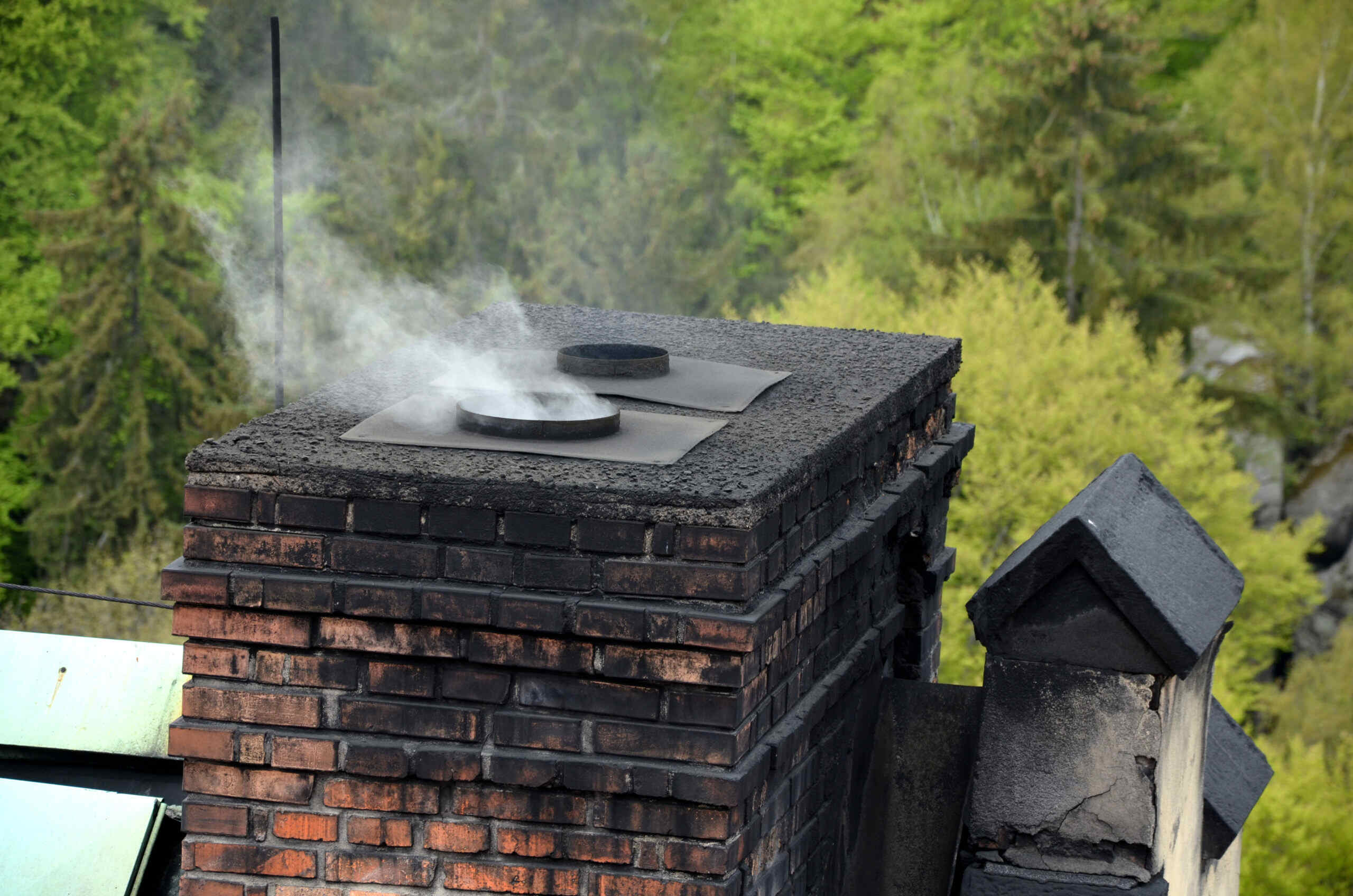
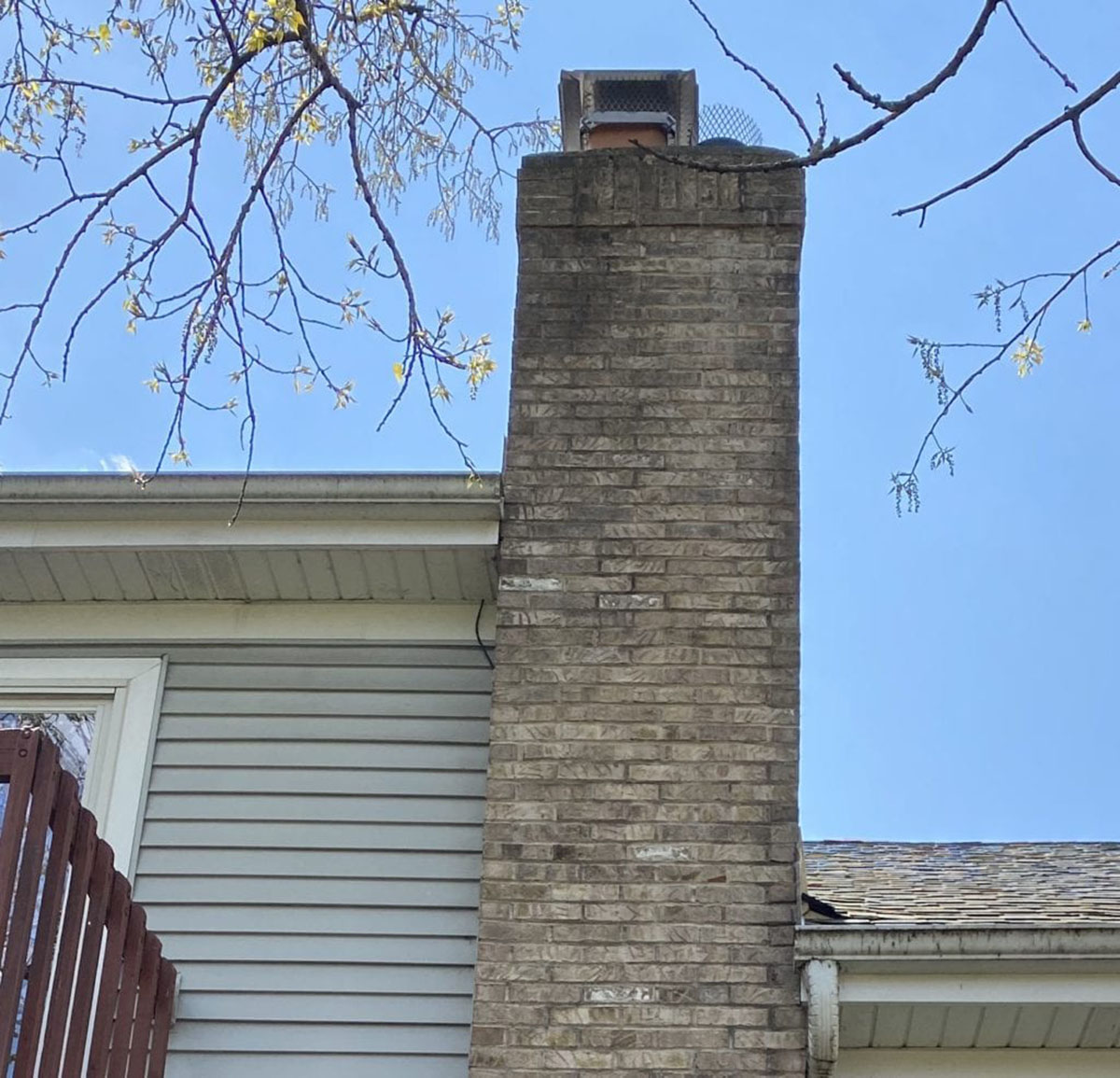
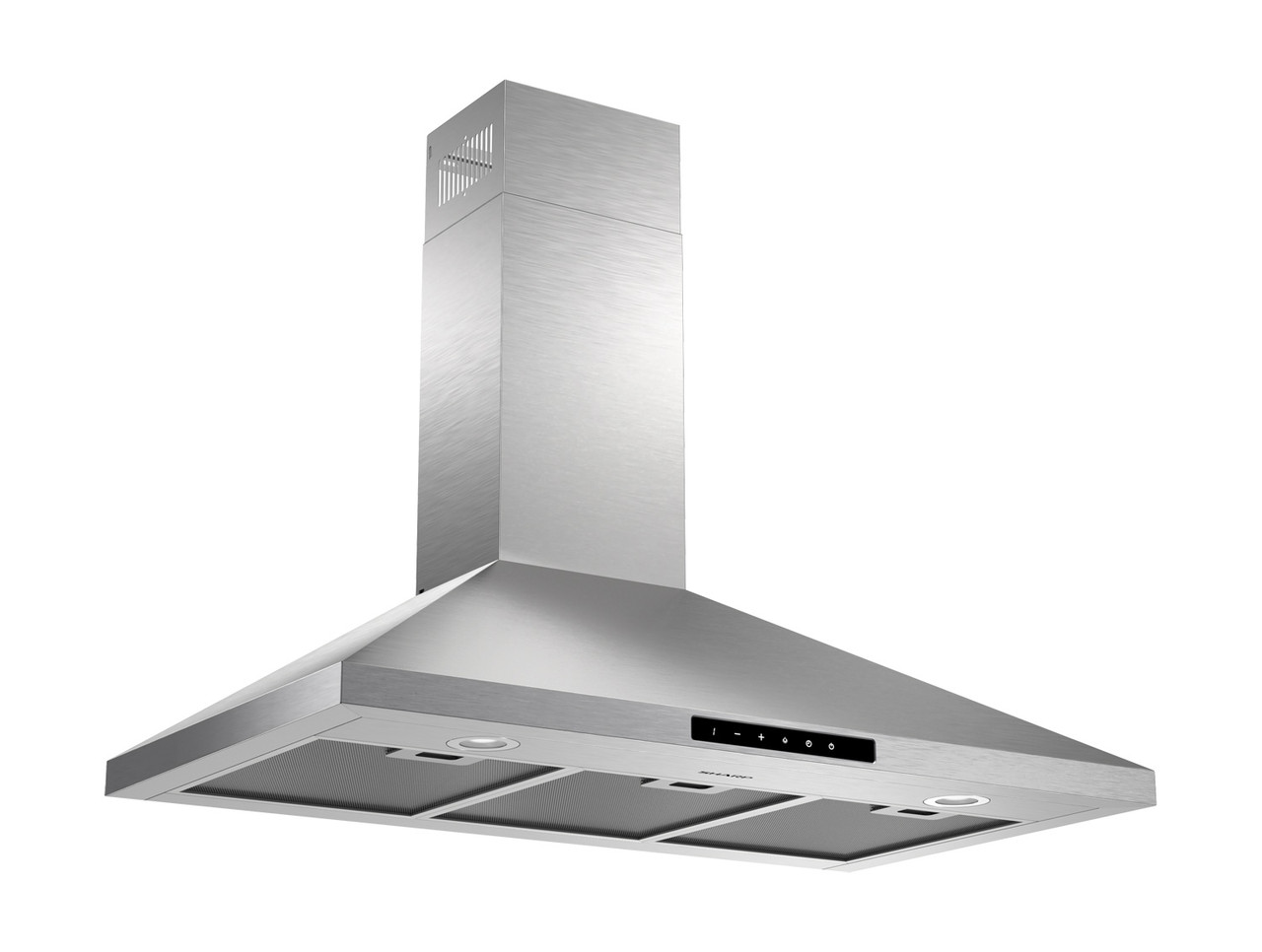
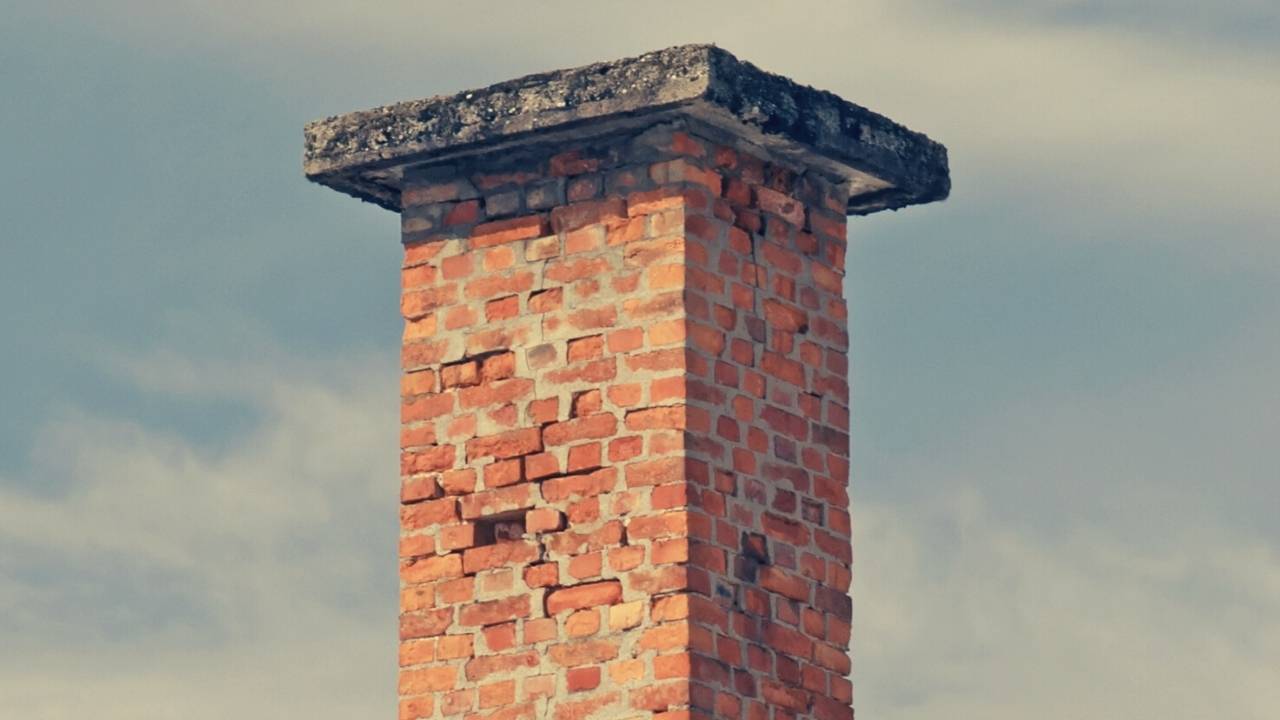
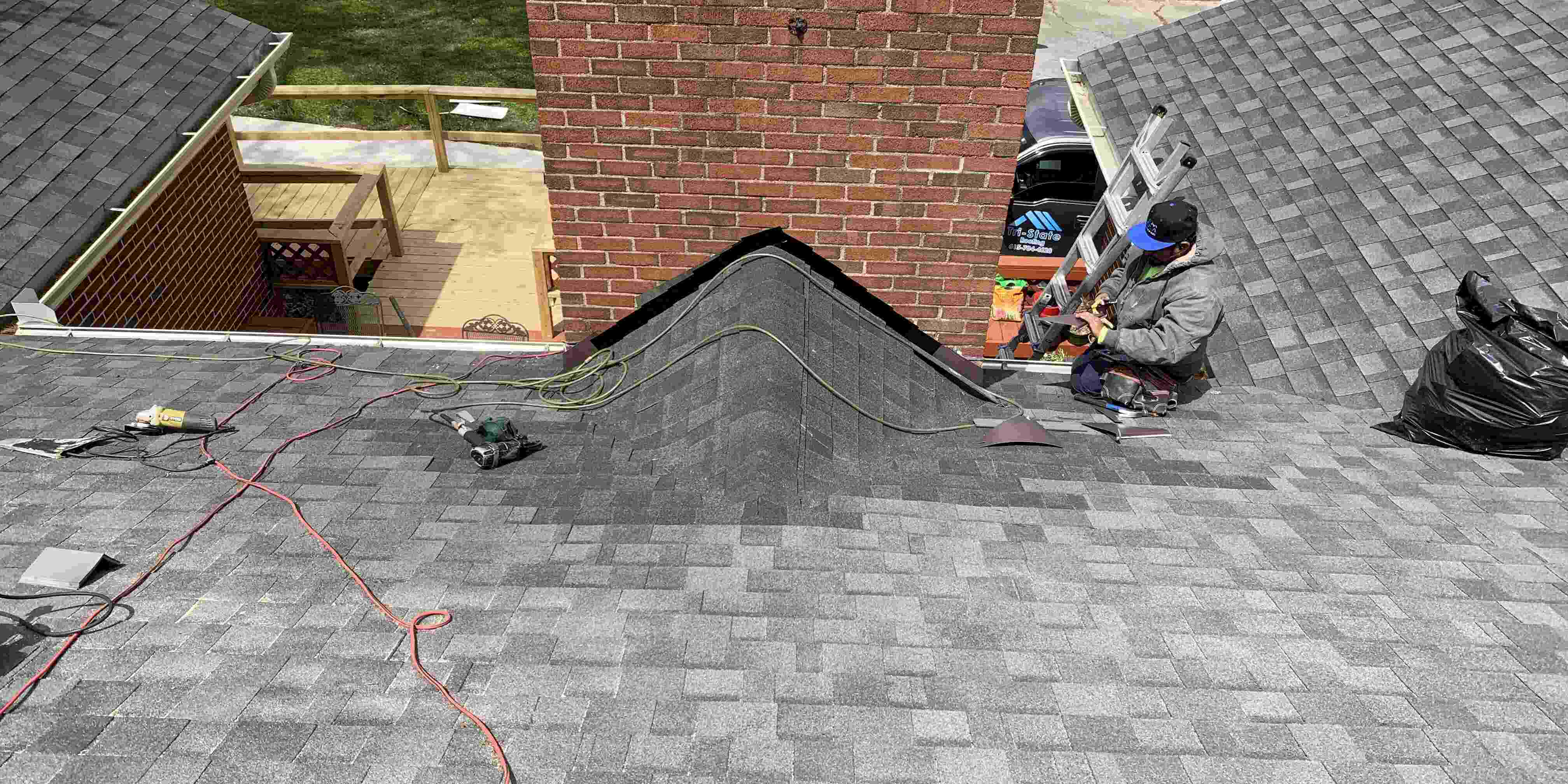
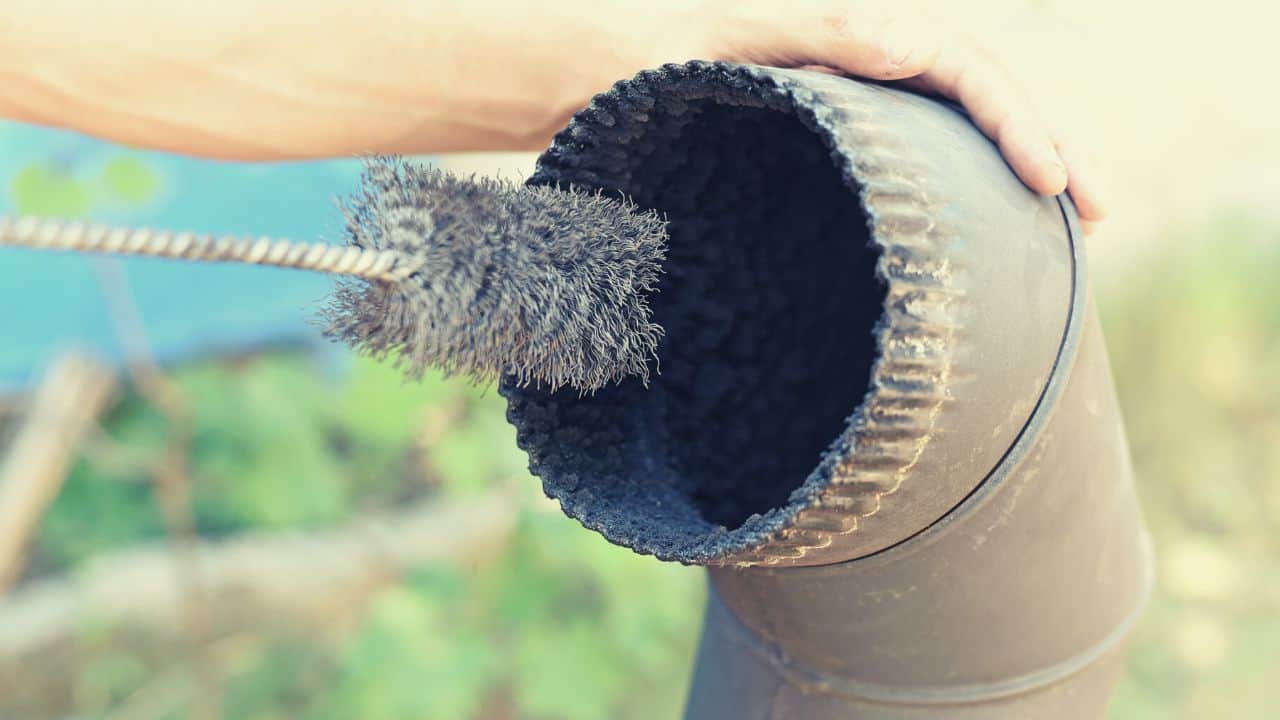
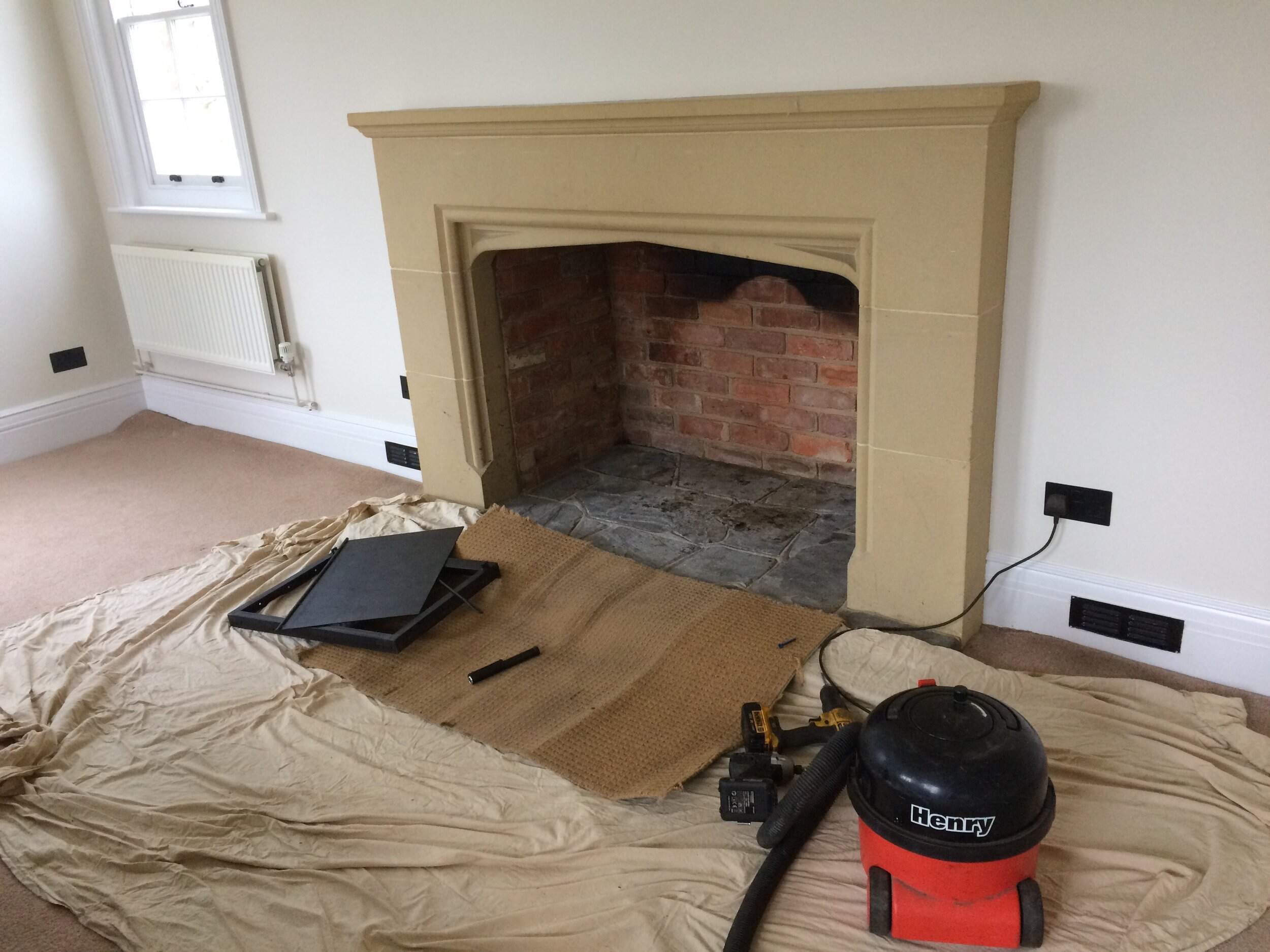
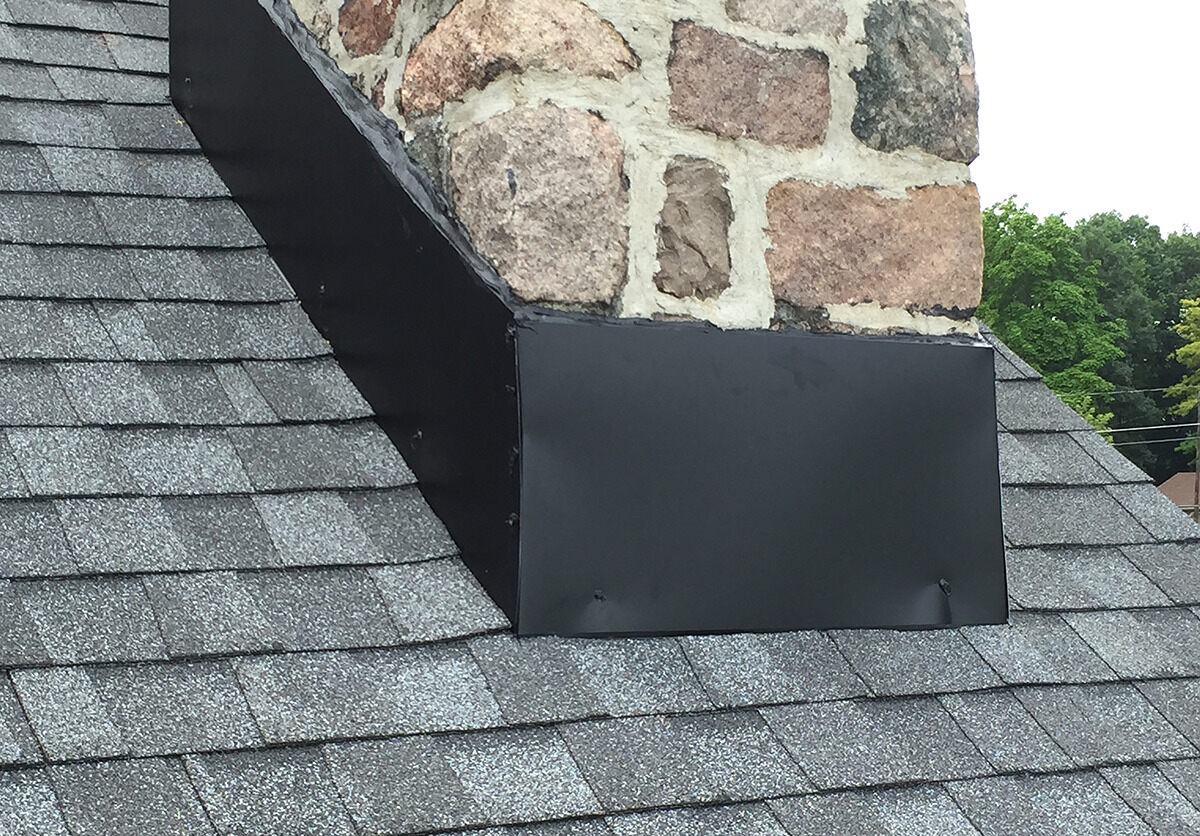
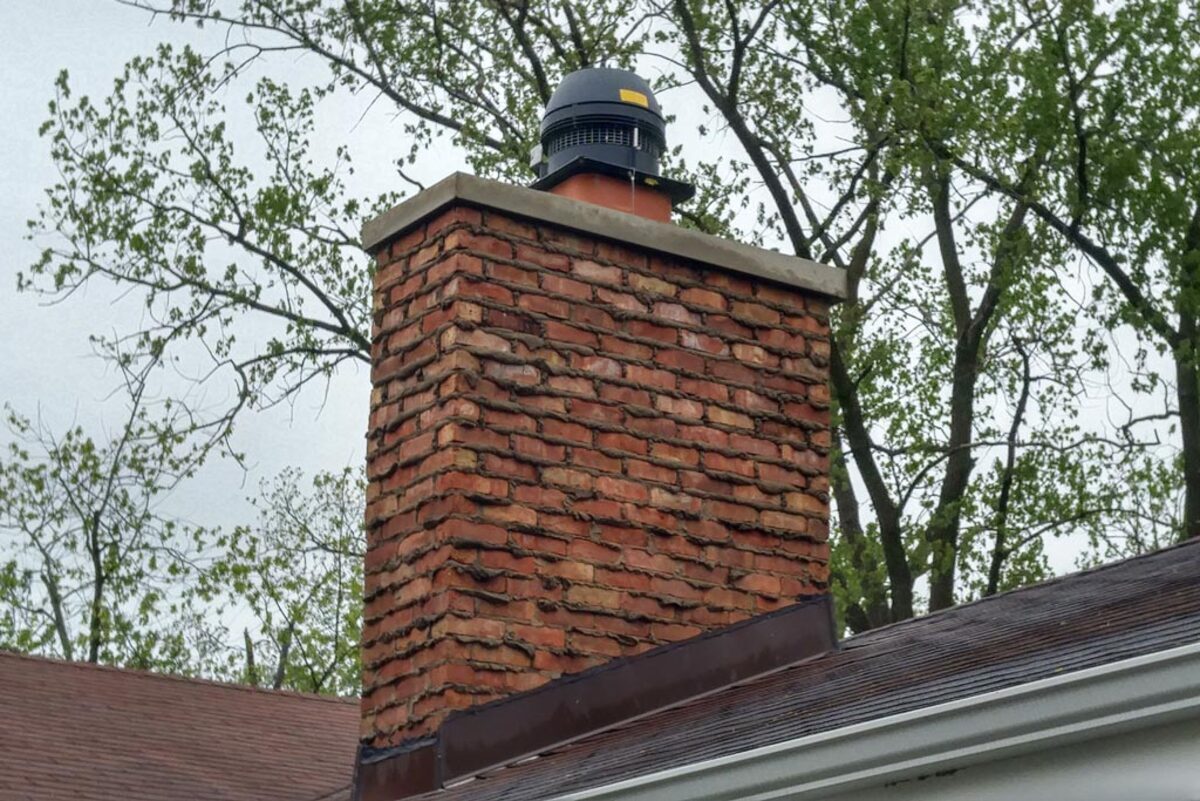
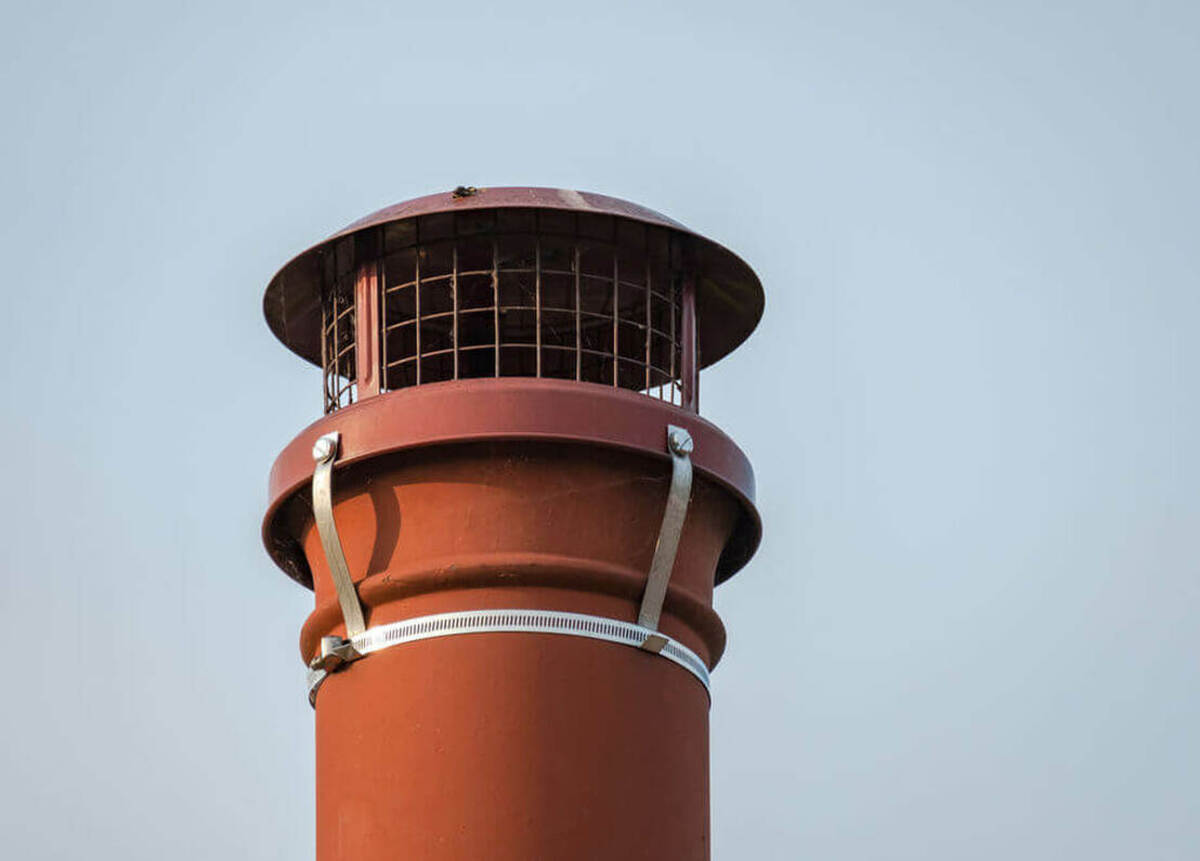
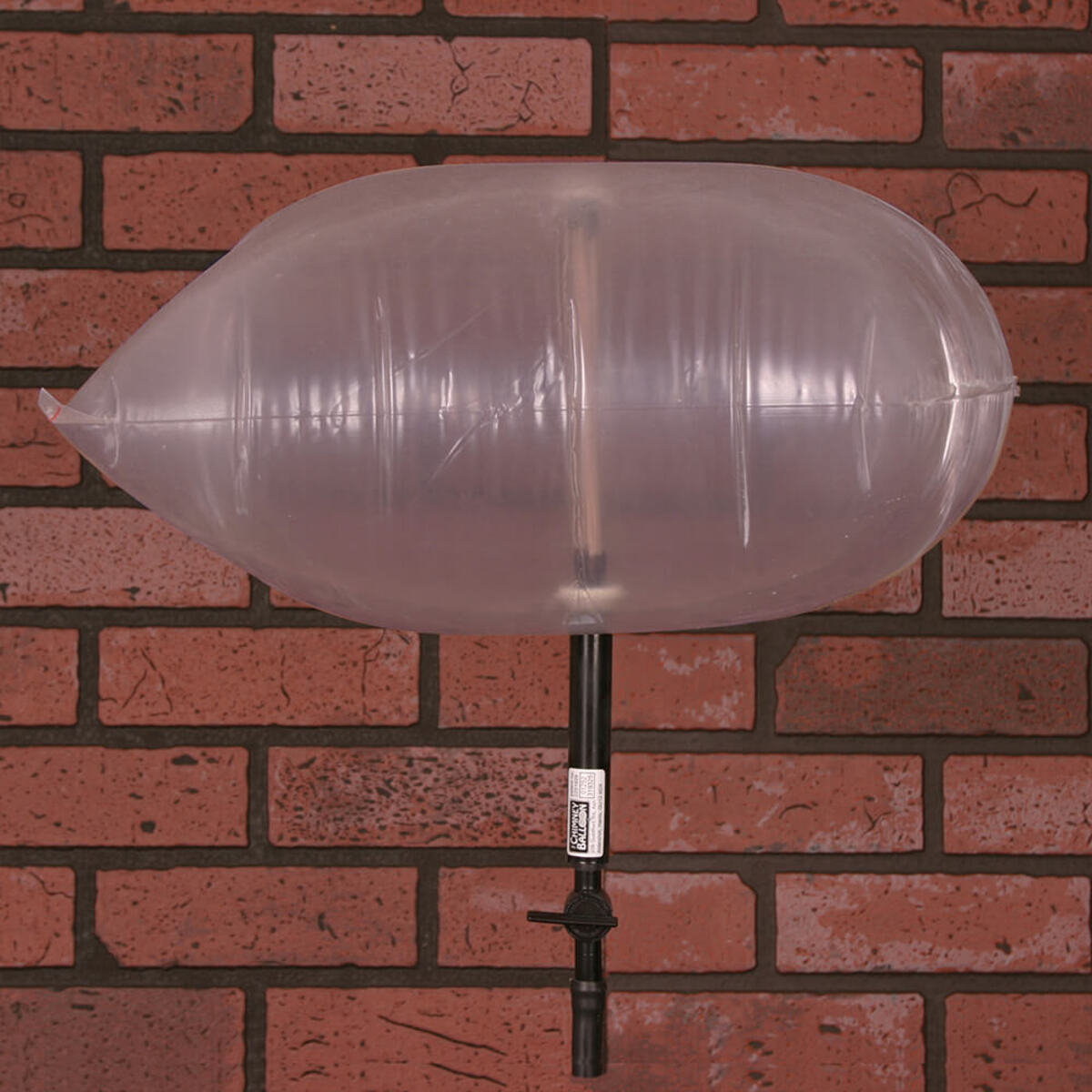
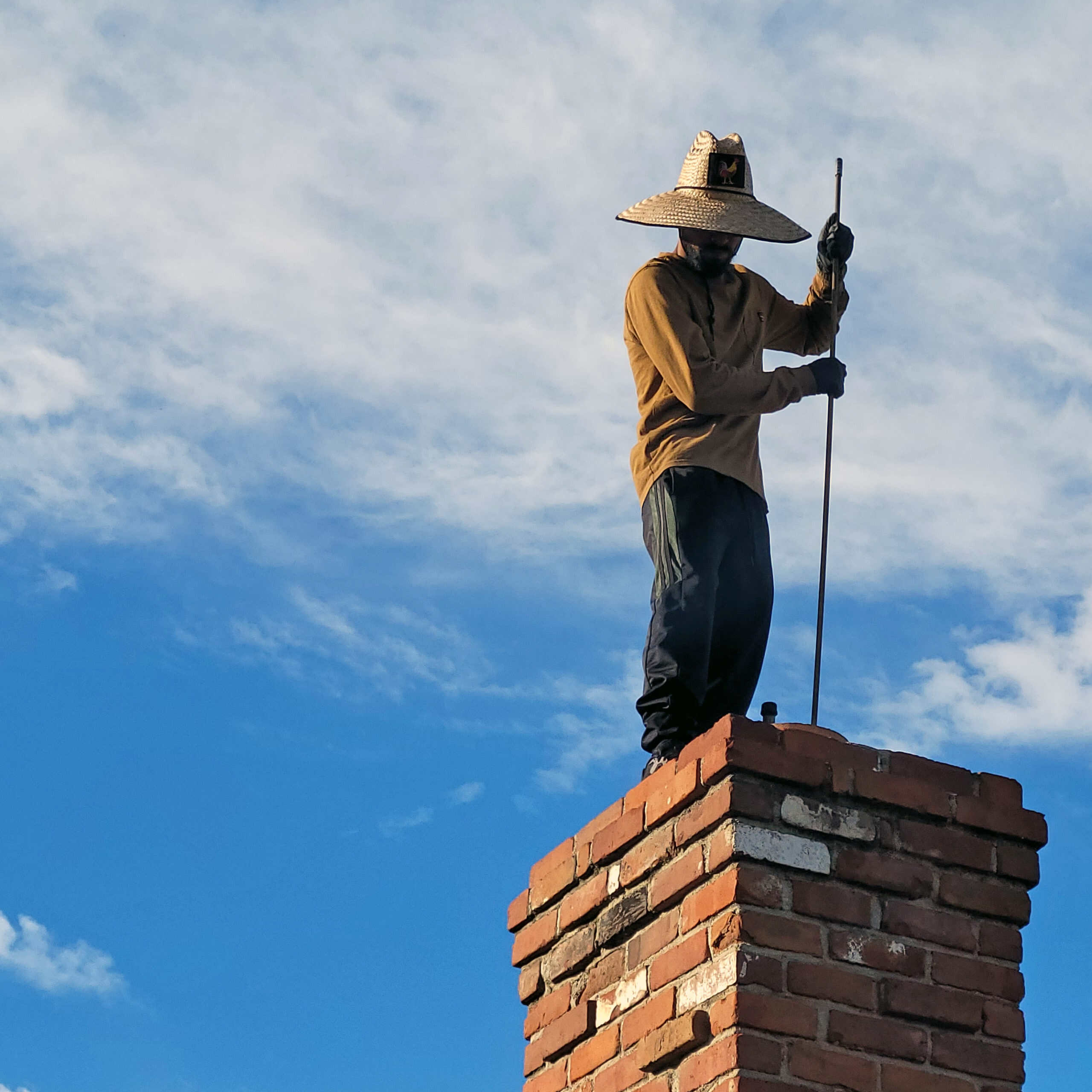
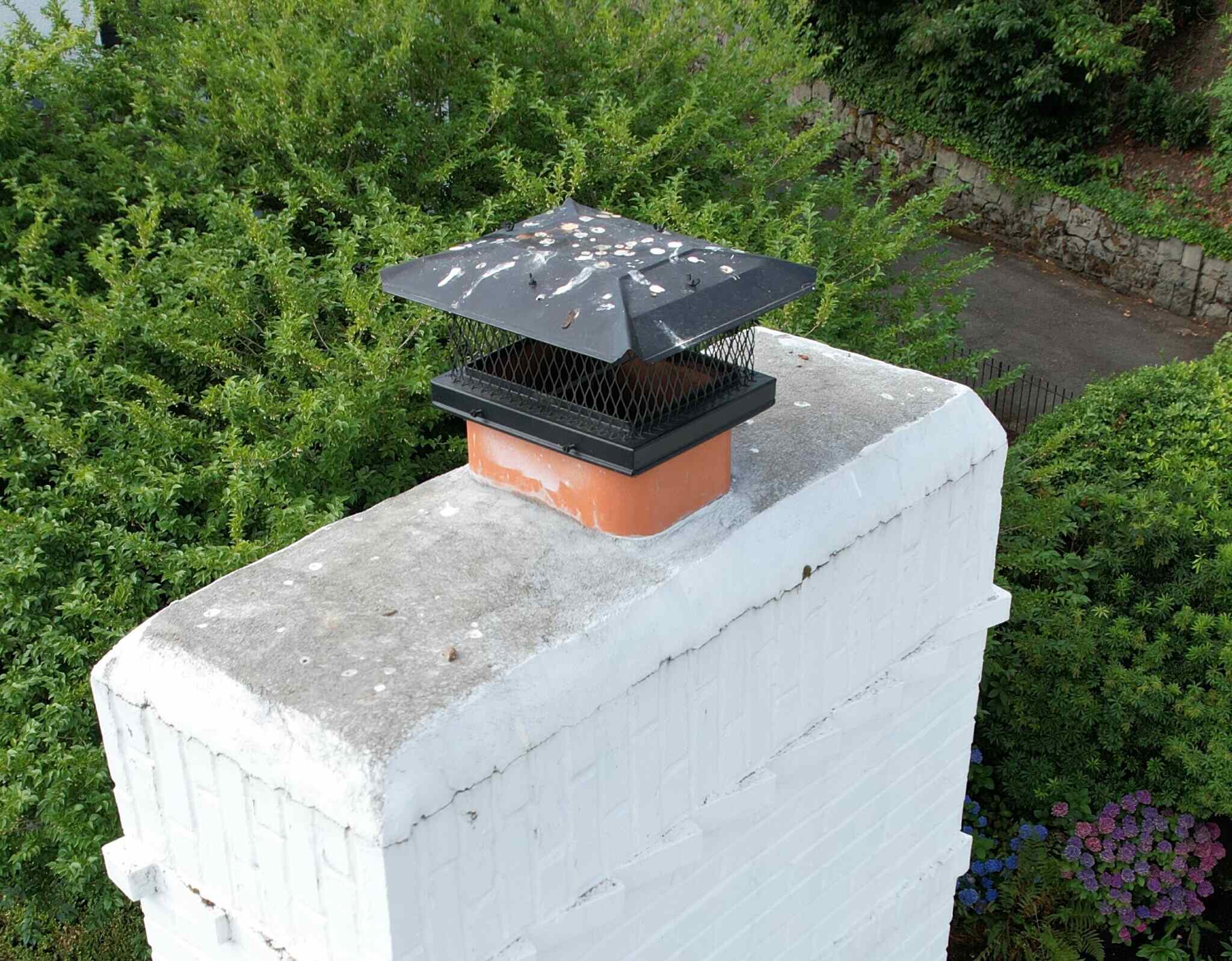
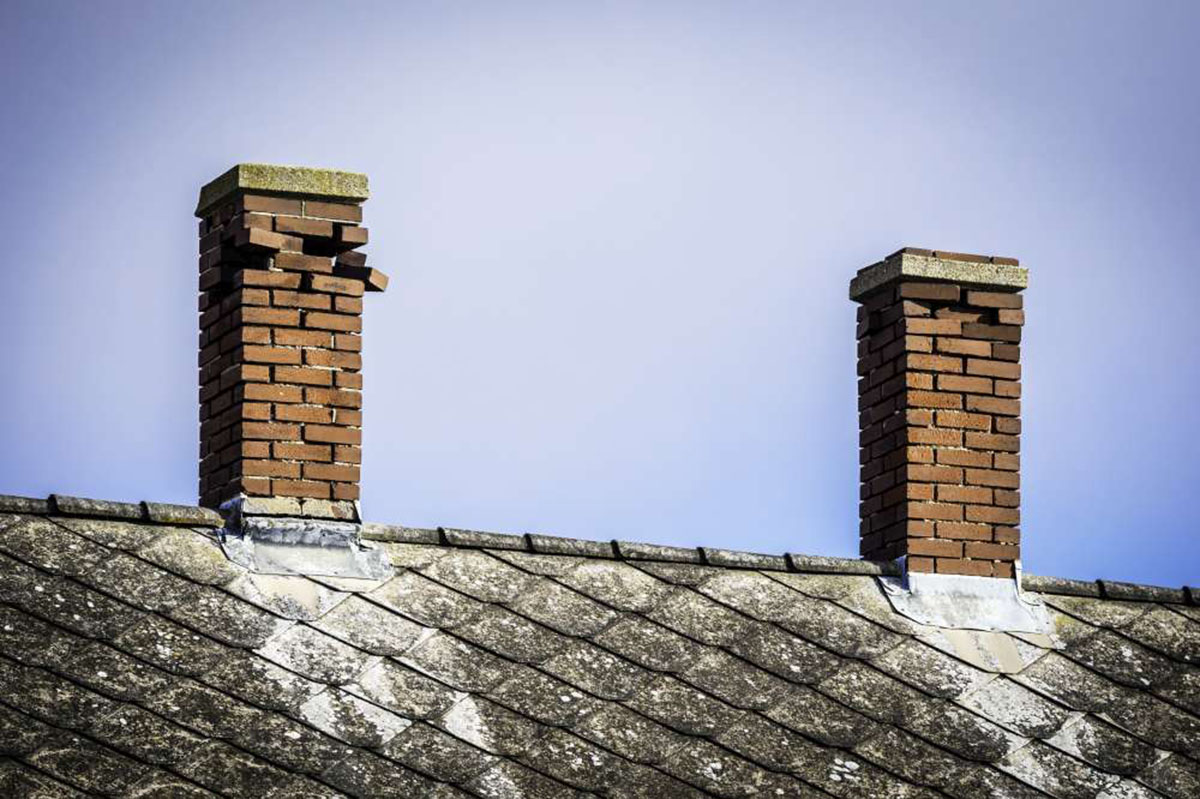

0 thoughts on “What Is Chimney Grime”